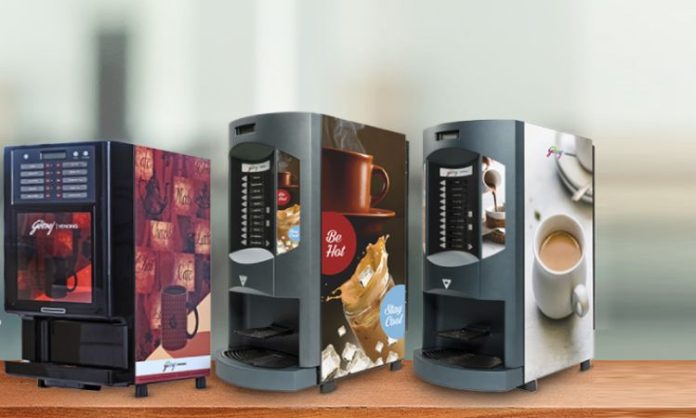Technology has changed the world and transformed our way of doing things. The business industry is no longer what it used to be. In particular, the vending machine industry has changed remarkably from traditional coin-operated machines to smart ones.
This seismic shift has changed how products are dispensed and significantly influenced the pricing strategies employed in the vending industry. This comprehensive exploration delves deeper into the impact of technology on vending machine price in India, drawing a detailed comparison between innovative smart machines and their conventional counterparts.
The Evolution of Vending Machine Technology
In the past, we used to see coin-operated vending machines everywhere. Things have begun changing. Smart vending machines are taking over because of the addition of capabilities influenced by the Internet of Things (IoT). They can analyze data in real time and adjust things on the go.
These smart vending machines are all about making life easier for customers. They bring in technology to make the whole experience smoother. It is not just about what they sell but also the pricing structure incorporated into the vending process. The entire vending process is getting a tech upgrade.
Real-Time Pricing Adjustments
A significant impact of technology on vending machine prices lies in the ability of smart machines to make real-time adjustments. IoT capabilities allow these machines to analyze various factors such as demand patterns, time of day, and product expiration. The dynamic pricing feature allows smart vending machines to adapt swiftly to changing market conditions, ensuring competitiveness and maximizing overall sales.
This real-time adjustment capability represents a departure from the fixed pricing models of traditional vending machines. In the conventional setup, prices are predetermined with infrequent adjustments. The lack of real-time data analysis and dynamic pricing capabilities can make it challenging for these machines to adapt to evolving consumer preferences and demands.
Maintenance Costs and Long-Term Considerations
While the upfront costs of smart vending machines may be higher due to their advanced features, the long-term considerations suggest potential cost savings. Real-time data and analytics capabilities of smart vending machines contribute to more efficient inventory management, reducing the chances of stockouts or overstock situations. That, in turn, can lead to better profitability over time.
Traditional machines, without the aid of advanced technologies, may face challenges in optimizing inventory and managing costs efficiently. The inability to adapt to changing market conditions and consumer preferences could result in higher maintenance costs in the long run.
Payment Options and Their Influence on Pricing
Another facet of technology influencing vending machine pricing is integrating various payment options. Smart vending machines offer diverse payment methods, including credit or debit cards, mobile payment apps, and even cryptocurrencies. This adaptability in payment options caters to modern consumer preferences and enhances the vending experience’s overall convenience.
Traditional machines may need to help accommodate contemporary consumers’ diverse payment preferences. This limitation can impact their competitiveness as consumers increasingly favour cashless transactions.
Enhanced Customer Experience and Its Pricing Implications
Smart vending machines are getting smarter, making the whole experience way better than just getting snacks. They know what you like, suggest things you might want, and have a wider variety of stuff to choose from. This enriching experience changes how people see prices – they might be okay paying a little more for such a great time.
Now, old-school vending machines are different. They sell stuff without any fancy tech stuff, making a big difference in how people feel about prices. Whatever you think about the price can change based on the vending machine experience you get.
Adaptability and Industry Reshaping
The need for adaptability in today’s fast-paced, technologically driven world is evident. Smart vending machines are not merely an evolution. They represent a revolution in the vending industry. The adaptability provided by technology allows these machines to reshape the industry, where convenience and innovation go hand in hand.
As technology advances, the potential for further evolution in the pricing dynamics of vending machines is significant. The industry will likely witness new opportunities and challenges as smart vending machines become more prevalent.
Conclusion
The impact of technology on vending machine price in India is profound, with smart machines introducing dynamic pricing, enhanced customer experiences, and a broader range of payment options. While traditional machines may still have their place, the evolving landscape of vending is being reshaped by adaptability, efficiency, and improved customer interactions offered by intelligent vending machines.
The technological transformation in vending machine pricing concerns more than just the products dispensed. It is about creating a holistic vending experience that aligns with the expectations of today’s consumers. As we look ahead, the continued evolution of technology will likely bring forth new dimensions in vending, creating a dynamic and responsive industry that caters to the ever-changing needs of consumers.


